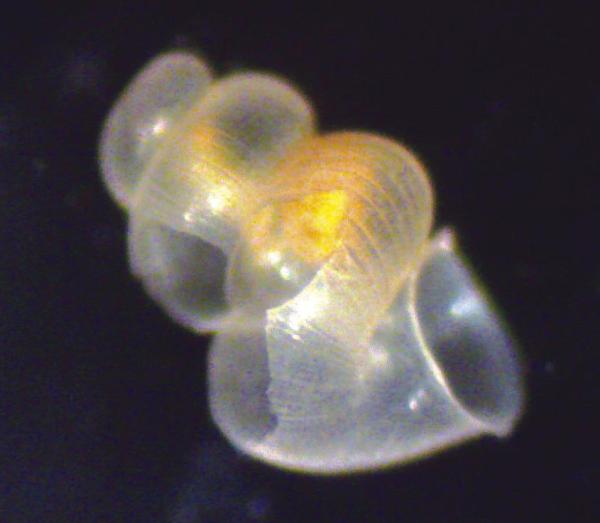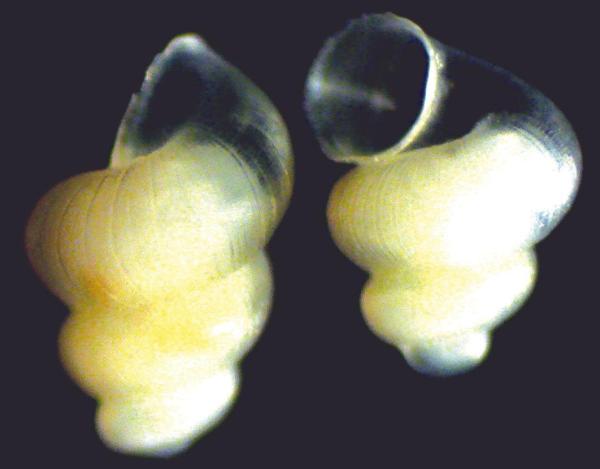Two Edwards Aquifer species are listed by US as not endangered, based on most recent scientific date
Two central Texas aquatic species have avoided listing on the Endangered Species Act: the Texas Troglobitic Water Slater– a small subterranean crustacean that lives deep within the Edwards Aquifer in Hays County and the Mimic Cavesnail–a small freshwater snail that lives in the Edwards Aquifer in Bexar County.
Aubry Buzek, the Texas public affairs specialist for the U.S. Fish and Wildlife Service, said the USFWS was petitioned to list them under the Endangered Species Act.
After reviewing the available scientific and commercial information, the organization officially announced in November that the two species are not in danger of extinction nor do the aquatic creatures meet the definition of an endangered or threatened species.
Buzek said the Edwards Aquifer Conservation Plan has helped to conserve the Texas Troglobitic Water Slater through springflow management efforts.
“While the mimic cavesnail is not included in the HCP,” Buzek said. “Protection of sustained flow at Comal and San Marcos Springs does provide overarching protection for species that inhabit deep portions of the aquifer.”
Buzek said the Texas Troglobitic Water Slater has evolved adaptations enabling them to live in aquifer habitats such as a lack of eyes, an unpigmented, slender and calcareous exoskeleton [a shell], and an elongated antenna. According to Buzek, the mimic cavesnail “has a thin translucent shell that has three well rounded whorls.”
Buzek stressed the importance of species that reside below the earth’s surface.
“Groundwater invertebrates like the mimic cavesnail and Texas troglobitic water slater are not very well known to the public because they live mostly in subterranean habitats,” Buzek said. “Even small and obscure species play an important role in our ecosystems and represent unique components of our nation’s biodiversity.”
Buzek noted that although these two creatures are not in danger of extinction, there are invertebrate species in the Edwards Aquifer that are listed as endangered under the Endangered Species Act, including the Comal Springs Riffle Beetle, Comal Springs Dryopid Beetle and Peck’s Cave Amphipod,” Buzek said. “In addition to providing a unique contribution to the biodiversity of the state and serving as a food source for blind catfish, salamanders, and each other, groundwater invertebrates tell us a lot about the health of our aquifers and offer insight into geological and hydrological connectivity.”
Buzek said the Endangered Species Act was signed into law in Dec. of 1973, and this month marks its 50th anniversary “While these species are not being listed,” Buzek said. “ESA protections do benefit several other imperiled groundwater invertebrates in the Edwards Aquifer by inspiring diverse partnerships on their behalf and helping conserve habitat critical to their conservation and recovery.”
To learn more about the Edwards Aquifer Conservation Plan go to edwardsaquifer. org/ habitat-conservation- plan.



